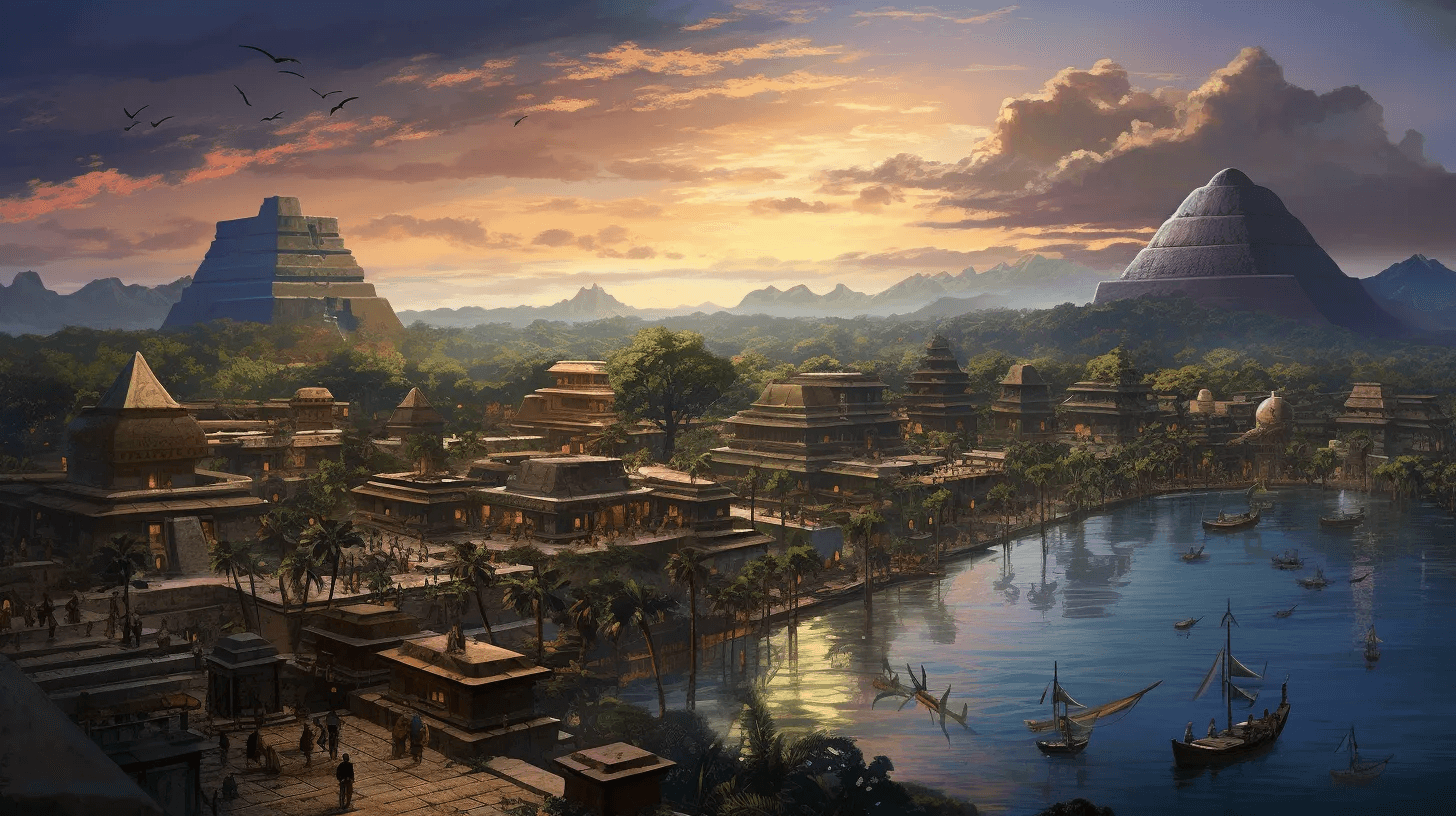
Aztec Empire: s: Mystical Relics from the Heart of Mesoamerica (1100CE - 1521CE)
Journey into the world of the Aztecs with our collection of authentic artifacts. Experience the magic and mystique of a civilization known for its temples, warriors, and advanced astronomy.
The Aztecs - a name synonymous with the grandeur of Mesoamerican civilizations. From the bustling streets of Tenochtitlán to the majestic pyramids of the Sun and Moon, the Aztecs carved out an empire that has captivated historians and enthusiasts alike.
Key Contributions:
- Architecture and Temples: The Aztecs constructed monumental pyramids, temples, and palaces, with Tenochtitlán being a marvel of urban planning and engineering.
- Astronomy and Calendar: With a deep understanding of celestial bodies, the Aztecs developed an intricate calendar system, aligning their religious ceremonies with astronomical events.
- Art and Sculpture: Aztec art, rich in symbolism, depicted gods, myths, and daily life. Their intricate stone carvings and turquoise mosaics are celebrated worldwide.
- Warfare and Tribute: The Aztecs were formidable warriors, and their empire was built on a system of tribute from conquered cities.
Regions: The Aztec Empire, primarily based in the Valley of Mexico, had a reach that extended across various terrains:
- Tenochtitlán: The island capital, a city of canals and temples, often compared to Venice for its beauty.
- Texcoco and Tlacopan: Key cities that, along with Tenochtitlán, formed the Triple Alliance.
- Surrounding City-States: The Aztecs exerted influence over a vast array of city-states across modern-day Mexico.
Valued Materials: The Aztecs held certain materials in high regard, using them for religious, artistic, and practical purposes:
- Gold: Symbolizing the power of the sun, it was used in jewelry and offerings.
- Turquoise: Valued for its beauty and spiritual significance, it adorned masks and ceremonial objects.
- Obsidian: A volcanic glass, used for making sharp tools, weapons, and mirrors.
- Feathers: Brightly colored feathers, especially from the quetzal bird, were used in headdresses and rituals.
Relevant Time Periods: The Aztec civilization, though relatively short-lived, saw distinct phases in its development:
- Early Aztec Period (c. 1100–1325 AD): The Aztecs' migration and initial settlement in the Valley of Mexico.
- Formation of the Triple Alliance (c. 1428 AD): The alliance that laid the foundation for the Aztec Empire's expansion.
- Peak of the Empire (c. 1430–1519 AD): A period of growth, consolidation, and flourishing culture.
- Spanish Conquest (c. 1519–1521 AD): The arrival of Hernán Cortés and the eventual fall of the Aztec Empire.
Delve into our collection of Aztec artifacts, each resonating with tales of priests, warriors, and the vibrant tapestry of Mesoamerican life. From ceremonial masks to ornate pottery, embrace the legacy of a civilization that once thrived amidst lakes and mountains.



